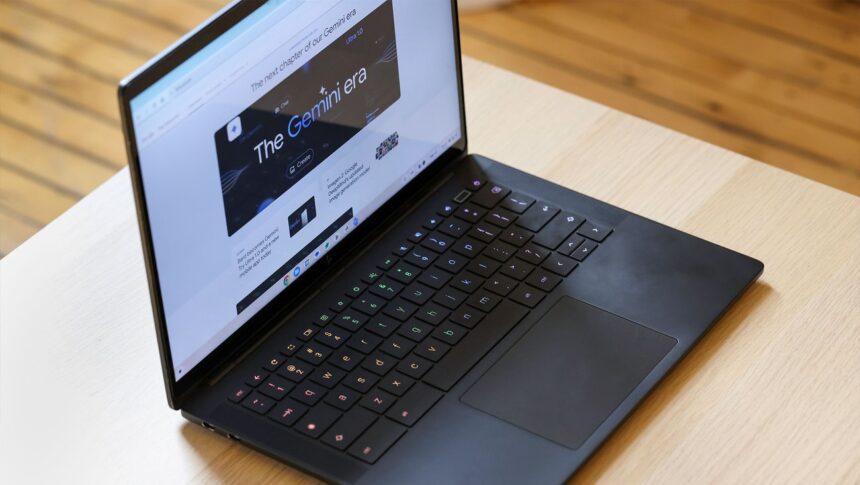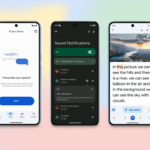In the past, most laptops and desktops still utilized keyboard designs dating back to the first commercially successful typewriter, the Remington No. 1, which could only type in uppercase characters. However, modern phones and tablets had already adopted simplified lowercase keyboards. When Android phones were introduced in 2008, they featured a lowercase setup.
The Chromebook team aimed to create a more modern, less confusing keyboard that addressed numerous legacy features found in traditional PC keyboards. For instance, Chromebooks eliminated keys such as “Sys Req” and “Break,” as well as minimized the number of keys by having just one pair of repeated keys — control and alt — on each side of the keyboard. This was a departure from the confusing array of function and platform-specific keys commonly found on other keyboards.
In addition to removing outdated keys, the team also added a new key: the Everything Button. Positioned on the left side of the keyboard, this button replaced the traditional Caps Lock key and initially functioned as a search key with a magnifying glass icon. Its modern iteration features a solid circle surrounded by a ring.









